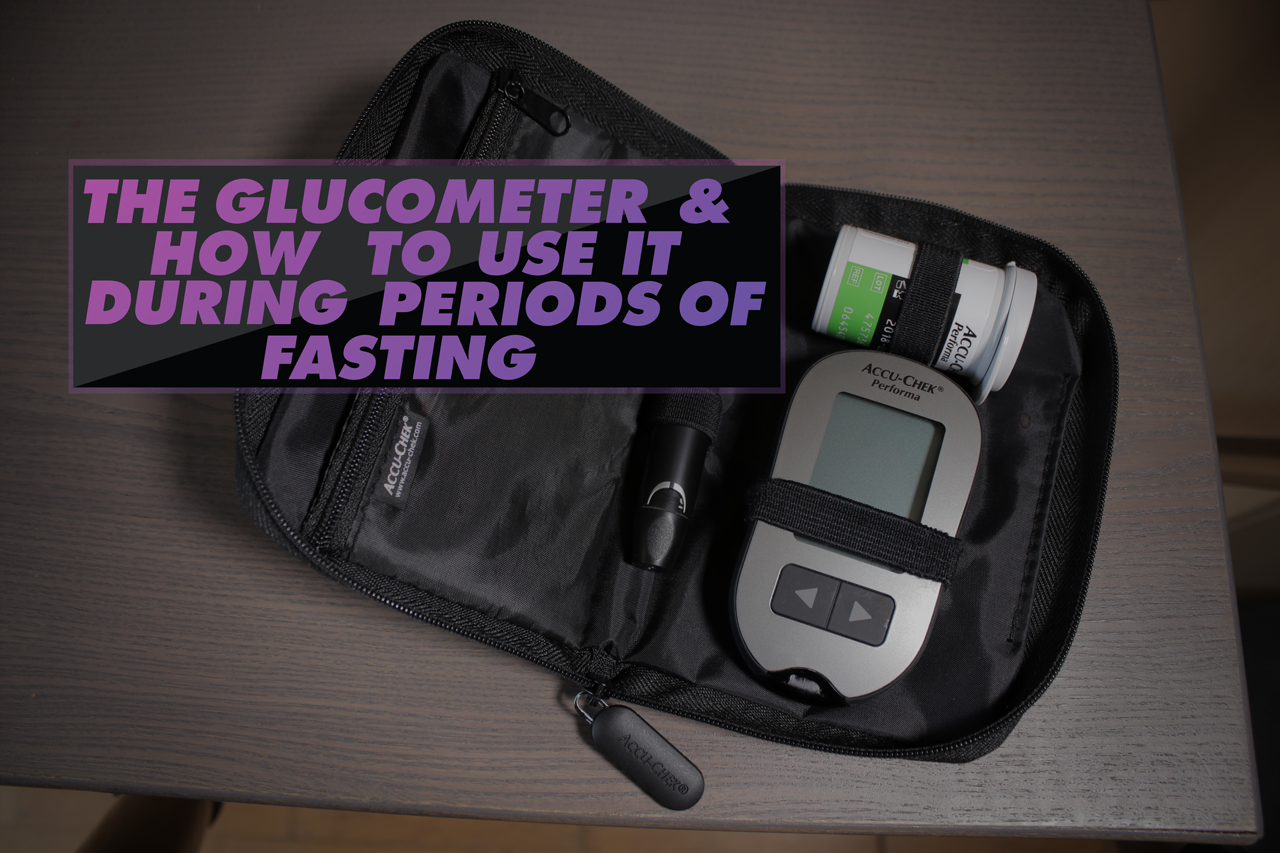What it do guys? In the paragraphs bellow I will explain you what is the single most important tool to use when you start following a fasting protocol.
Before we move to the meat and potatoes of the post, I would like to make clear that I am not a doctor or medical advisor. With that being said lets start.
It doesn’t matter if you do the Warrior diet, OMAD or any other fasting or diet regimen, a blood glucose meter should always be near at hand.
Why is it so important?
It is simple. You want to make sure, your blood glucose stays in the normal ranges during the
periods without food. Having too low (hypoglycemia) or too high (hyperglycemia) are things you want to avoid by any means. The best way of doing it is by finding and eliminating their potential causes.
Just because someone says something works great for him, doesn’t necessarily mean that it will do the same for other and vice versa. So you have to experiment and see how your body responds.
Taking daily measurements of your blood glucose is the most accurate way of finding out what works for you. It is easy, simple and you can do it anywhere. All you need is a glucometer.
Where to buy?
You can order one from Amazon or other online stores, but I am pretty sure there are some good ones in the pharmacies and drug stores in your local area, so you might want to check there first.
In addition to the regular one, you can also buy a blood ketone meter, but this is mostly for people who stay on completely ketogenic diet for longer periods of time.
It varies with the particular brand and model, but they are all fairly inexpensive. What happens to be a bit pricier are the strips you’ll need. Often there are some included in the box of the meter along with the needles. Other times you’ll have to buy them separately from the very beginning.
When should you use it?
If you are completely new to this lifestyle, I would recommend taking measurements many times spread during the course of the day. Regardless of that, I believe few of them are very important. Those are:
After waking up.
Before you eat your meal or break the fast.
Around 2 hours after you eat. So you can develop clear idea how the food you consume affects your levels.
If it happens to be a training day – before and after your workout.
If you experience any kind of mood swings, tiredness, depression, brain fog and most importantly anxiety.
I know not a lot of people would like to take measurement when experiencing even slight form of panic attack. I know this may be the last thing to think about, but I definitely encourage you to use it as an opportunity.
An opportunity to get better understanding what happens inside your body. No, I am not saying all panic attacks are caused by fluctuations in the blood sugar levels. I am simply suggesting that this can also be a potential trigger.
For quite a while I struggled with that problem, so I am completely aware how unpleasant it is. In fact is even more unpleasant when you are in the middle of of a very intense workout and it hits you out of the blue.
Trust me, I have plenty experience with situations like this, but because of my self tracking and observations I eliminated them almost entirely.
I found that in more than 80% of the time the anxiety was coupled with unusual high fasted blood glucose numbers. After a while I discovered specific carbs tend to give me what is called the “dawn phenomenon”.
If you watch my youtube videos, then you already know that while some foods make fasting essential and effortless, others can turn it into a nightmare. Well, that’s kind of what I mean.
Dawn phenomenon.
In this condition the liver pushes glucose, in the blood stream, so that makes the levels go up. It occurs in the early hours of the morning. During the course of the day and of course fasting, the body burns the sugar and levels go back to normal. There are studies that suggest this is completely normal, but I found it makes me anxious quite often.
I am sharing this experience, but it does not mean you will get the same effect. Just keep it in mind.
If you find your blood glucose levels fluctuate during the course of the day, that might be a sign to take deeper look in the foods you consume, your stress levels and sleep. If needed, make adjustments. I suggest be careful if you decide to start fasting on a diet rich in grains.
Different diets.
If you follow a keto or HFLC diet for quite a while, you are most likely highly fat adapted. In this situation you might notice your levels are a bit lower, but stable. You should not be scared, because that is caused by the fact that your body relies mostly on fat for fuel. This is normal, but make sure they do not go too low. For example I do not recommend you to go lower than 4.0mmol/l.
For the most part I keep mine between 4.0 and 5.0mmol/l. I found I feel at my best when in those ranges. Even though they might seem too low, for me a bit lower is always better than a bit higher.
I manage to figure those ranges, during the times when I stayed keto for years. Now I do not do it anymore. I eat starches and veggies for periods of time, but all of the foods I consume keep me in those ranges. How I found them? Through making a lot of little holes in my little finger.
There are some fantastic carbs that will help you enjoy awesome fasting periods as well.
Final thoughts
As with everything els the more you do it, the better you become with it. Fasting is really not that different. Ultimately you will become more advanced and you’ll now longer need to take multiple blood glucose measurements every day. Nowadays I rarely do this more than twice per day, but without the blood glucose meter, I would never be able to figure out the ideal diet for me.
There are a lot of amazing healthy foods out there, you simply have to find the ones that work for you. This tool will save you time and make the search easier and of course safe.
More about fasting in the next articles.
I hope that makes sense.
Yours truly.
Peteonthebeat.
- The Middle Pillar Meditation - March 21, 2020
- Outwitting The Devil Book Review - February 20, 2020
- Do Calories Matter? - July 2, 2019







